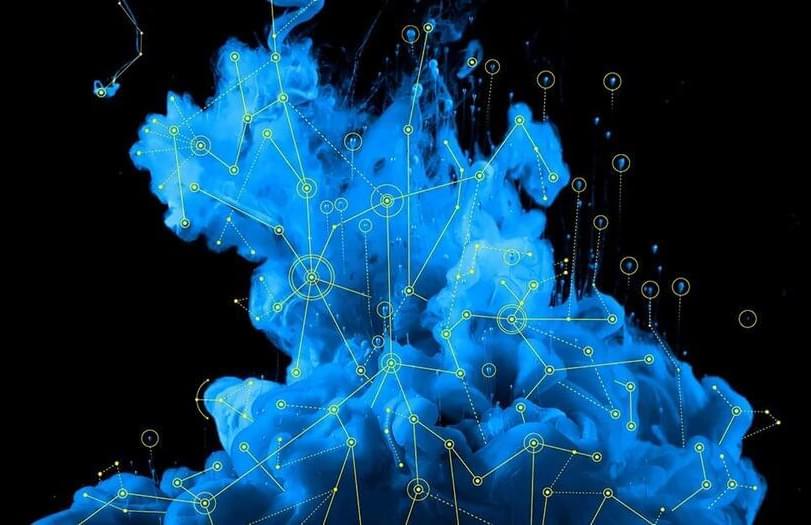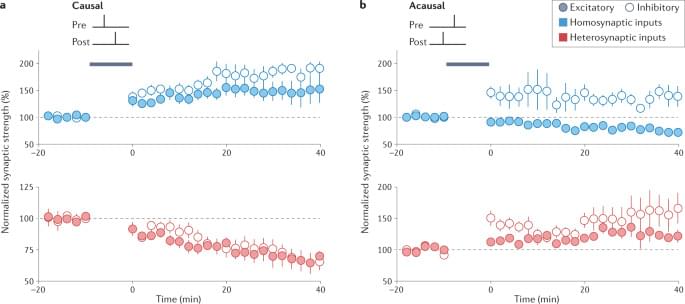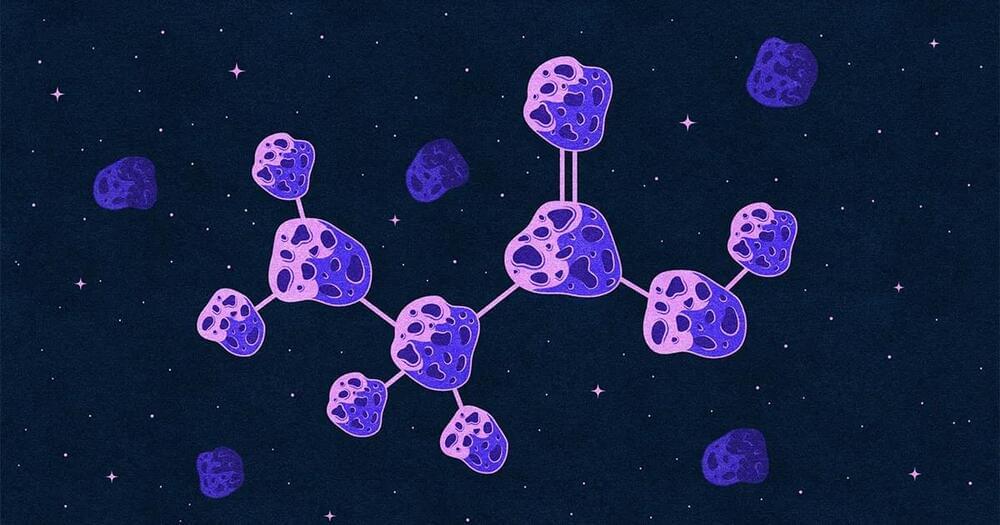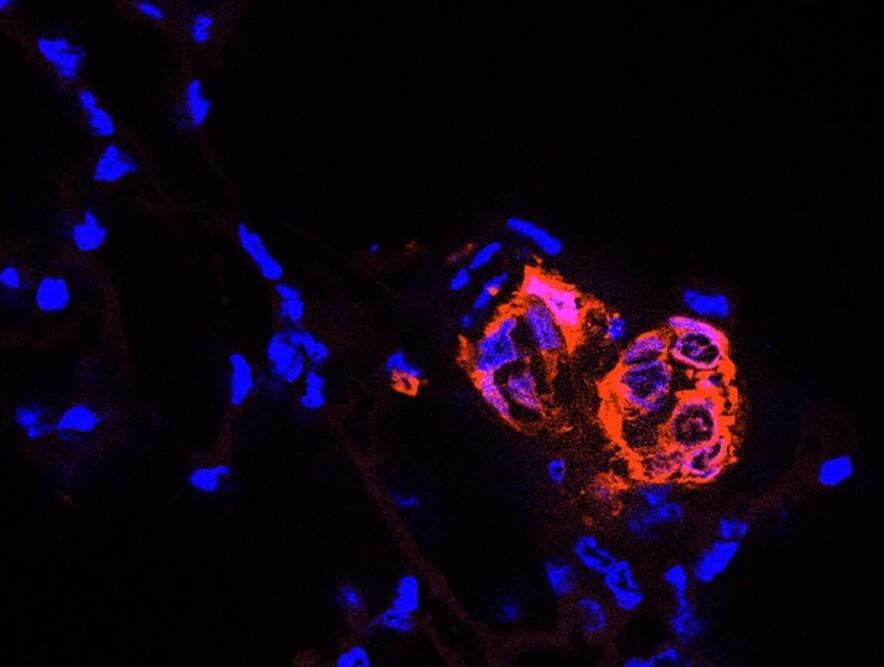Scientists at the recently opened SETI Post-Detection Hub at the University of St Andrews in Scotland have a daunting task ahead of them: figure out what…
One potential application: Enhancing the sensitivity of atomic magnetometers used to measure the alpha waves emitted by the human brain.
Scientists are increasingly seeking to discover more about quantum entanglement, which occurs when two or more systems are created or interact in such a manner that the quantum states of some cannot be described independently of the quantum states of the others. The systems are correlated, even when they are separated by a large distance. Interest in studying this kind of phenomenon is due to the significant potential for applications in encryption, communications, and quantum computing.
Performing computation using quantum-mechanical phenomena such as superposition and entanglement.
The first important generative models for images used an approach to artificial intelligence called a neural network — a program composed of many layers of computational units called artificial neurons. But even as the quality of their images got better, the models proved unreliable and hard to train. Meanwhile, a powerful generative model — created by a postdoctoral researcher with a passion for physics — lay dormant, until two graduate students made technical breakthroughs that brought the beast to life.
DALL·E 2 is such a beast. The key insight that makes DALL·E 2’s images possible — as well as those of its competitors Stable Diffusion and Imagen — comes from the world of physics. The system that underpins them, known as a diffusion model, is heavily inspired by nonequilibrium thermodynamics, which governs phenomena like the spread of fluids and gases. “There are a lot of techniques that were initially invented by physicists and now are very important in machine learning,” said Yang Song, a machine learning researcher at OpenAI.
There is No Nuclear Option in War
Posted in military
Who threatens a war that could kill billions? Yet since Hiroshima, nations have sought nuclear weapons and planned for horrific casualties.
The goal of this activity was to have fun & boost everyone’s imagination to the limit. Everyone was shocked by Dall. E 2’s creative scope & infinite possibilities.
As this session was interactive & thought-provoking, it turned the usual tiresome process of learning into an energetic experience.
For those unfamiliar with Dall. E 2, it is Open AI’s newest tool that helps generate images from text inputs in seconds. The name “Dall. E 2” is a combination of the Spanish artist Salvador “Dali” & Pixar’s “Wall-E”. Dall. E 2 uses GPT 3 (Third generation Generative Pre-trained transformer) which is Open AI’s newest software release.
The ships of the pharaohs
Posted in futurism
Papyrus boats, rowing and transport ships, sacred boats… during the Pharaonic era, various boats sailed the Nile and even the high seas.
Without the Nile, the holy river, Egypt would only be a vast desert. In ancient times, the annual rise of its waters guaranteed the sustenance of those who lived on its shores and, at the same time, served as a privileged communication route along the thousands of kilometers of its channel.
For this reason, in the daily life of the ancient Egyptians, ships played a fundamental role, whether it was for the movement of people, the transport of goods, or numerous religious ceremonies.
Cortical inhibitory interneurons undergo diverse forms of long-term synaptic plasticity. In this Review, Sjöström and colleagues describe the diversity of this interneuron plasticity and highlight that the plasticitome, a comprehensive database of plasticity rules, is needed to understand circuit plasticity complexity.
A new radiation-based mechanism adds to the ways that amino acids could have been made in space and brought to the young Earth.
Seneb was a high-ranking court official in ancient Egypt who lived around 2,520 BC. He was a dwarf, but this did not prevent him from achieving great success and importance in society.
He owned thousands of cattle, held twenty palaces and religious titles, and was married to a high-ranking priestess with whom he had three children.
The acceptance and integration of individuals with physical disabilities was valued in ancient Egyptian society, as demonstrated by Seneb’s successful career and lavish burial arrangements.
Many cancer cells never leave their original tumors. Some cancer cells evolve the ability to migrate to other tissues, but once there cannot manage to form new tumors, and so remain dormant. The deadliest cancer cells are those that can not only migrate to, but also thrive and multiply in distant tissues.
These metastatic cancer cells are responsible for most of the deaths associated with cancer. Understanding what enables some cancer cells to metastasize—to spread and form new tumors—is an important goal for researchers, as it will help them develop therapies to prevent or reverse those deadly occurrences.
Past research from Whitehead Institute Member Robert Weinberg and others suggests that cancer cells are best able to form metastatic tumors when the cells are in a particular state called the quasi-mesenchymal (qM) state. New research from Weinberg and Arthur Lambert, once a postdoc in Weinberg’s lab and now an associate director of translational medicine at AstraZeneca, has identified two gene-regulating molecules as important for keeping cancer cells in the qM state.









